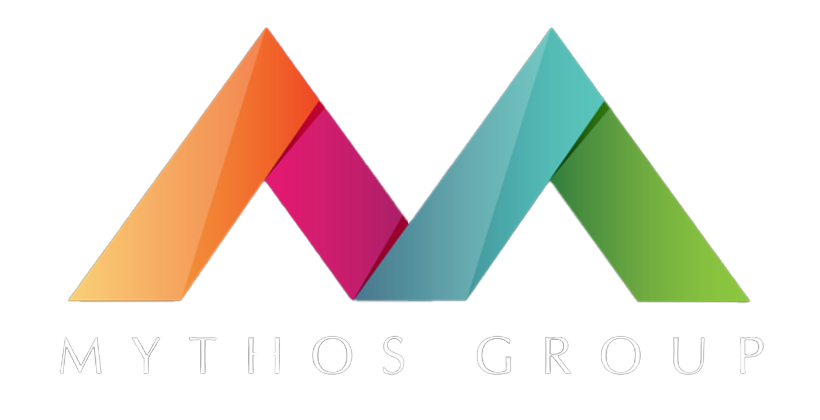A Quick Recap
The past 18+ months of dealing with the COVID-19 pandemic have undoubtedly been devastating for many businesses. Data from the past year and a half, shows that approximately 34% of small businesses across the nation have had no choice but to close permanently, and that percentage is even higher for larger cities. The world has watched as well-known, well-established companies like Paper Source, Tailored Brands, GNC Holdings, and even Intelsat declared bankruptcy or closed their doors for good. Undoubtedly, significant decreases in revenue for the leisure and hospitality sector, resulting from months of lockdowns, play a role here.
And yet these outcomes have not been the reality for every business, regardless of what sector they’re in. In the latter half of 2020 and into 2021 we’ve also seen a dramatic increase in business applications as well as amazing performances from businesses who’ve capitalized on all that the pandemic has produced (think Amazon, Zoom, and Salesforce, but also lesser-known businesses like Burpee, a seed supplier, or Belay, a virtual assistant, and bookkeeping network).
While there are many factors to consider, it’s clear that some businesses have been able to thrive through the past 18 months while others have floundered. Regardless of the circumstances, there are four major things those thriving businesses have done to contribute to their success.
1. Resetting
Thriving businesses have been willing to step back and reassess what’s most important while aggressively pursuing ways to remain resilient in an uncertain future. One of the most obvious ways this has happened is through going digital.
Many fitness studios and boutique gyms across the country reset their businesses entirely, quickly pivoting to build online classes in order to keep their customer base and communities together through months of shutdowns. For many of them, even though restrictions have been lifted, they will continue to offer virtual classes and training moving forward. Being willing to reset in the midst of the crisis has paved the way for new iterations of their business as we progress into a post-pandemic world.
2. Coping
Merriam-Webster defines coping as “dealing with and attempting to overcome problems and difficulties.” Coping is the mental side to Resetting and involves accepting current realities and being flexible in the midst of constantly changing circumstances.
Delta Airlines, like all other airlines, faced extreme challenges as they coped with an almost non-existent customer base for several months. Rather than furloughing or laying off employees to help cut costs, they prioritized their employees and also embraced getting people back in the air as quickly and safely as possible. By July 2021, they were able to report their first quarterly profit since the pandemic began. While many other airlines have fumbled, Delta’s determination to cope has contributed to its ability to stay up and running despite the odds.
3. Flexible Hybrid Model
Thriving companies have had to evaluate their workforce and business needs while deciding which employees will be onsite full-time, part-time, or not at all. Companies with greater flexibility have experienced better employee engagement and satisfaction.
For example, now that most lockdowns have been lifted, at Facebook, all employees were given the option of requesting to continue working remotely full time. In addition, every person, no matter their level of seniority, was given 20 business days to work from anywhere. They’ve also committed to about 50% in-person capacity, which amounts to about half-time on-site work for those who need to be there. This flexible environment has helped people stay safe and content through the upheavals of the past 18 months
4. Leadership
Surveys have shown that employees at every level believe leadership skills are of the utmost importance. Having a positive mindset, building trust, managing fear, and being transparent have proven to be the most crucial traits in the past year and a half as leaders have been forced to re-think the top-down hierarchical model and tailor intervention to meet their employees’ needs.
Back in March 2020, Ashley Still, senior VP and general manager of digital media at Adobe, employed these skills as their 22,000-employee company transitioned to remote in a single weekend. With a focus on empowering employees, she along with other Adobe leaders, were able to support their teams while promoting increased collaboration and also acknowledging boundaries and mental health challenges people were facing.
Results
Businesses with excellent leadership who were quick to reset, cope, and embrace flexible work models have been able to thrive. In the midst of what is being dubbed The Great Resignation, they have experienced greater employee retention due to their willingness to give employees more choice and control over their lives. Not only that, these businesses have also seen a significant increase in revenue as they’ve capitalized on their strengths and built up their teams. Finally, these businesses have made a difference in people’s lives by offering a quality product or experience that’s continued to be relevant through the pandemic, and by providing a sense of purpose and community among their people.
How About You?
As the world starts to move forward from the devastating effects of an unexpected, prolonged pandemic, you may find your business in a tough place. If that’s you, you’re not alone! The fact that you did survive and have arrived at this moment is worth celebrating. As you reflect and then start planning for what comes next, you can imagine more stability, more engagement, and more revenue. By incorporating resetting, coping, flexible work structures, and strong leadership, you too can have hope for a thriving future.







